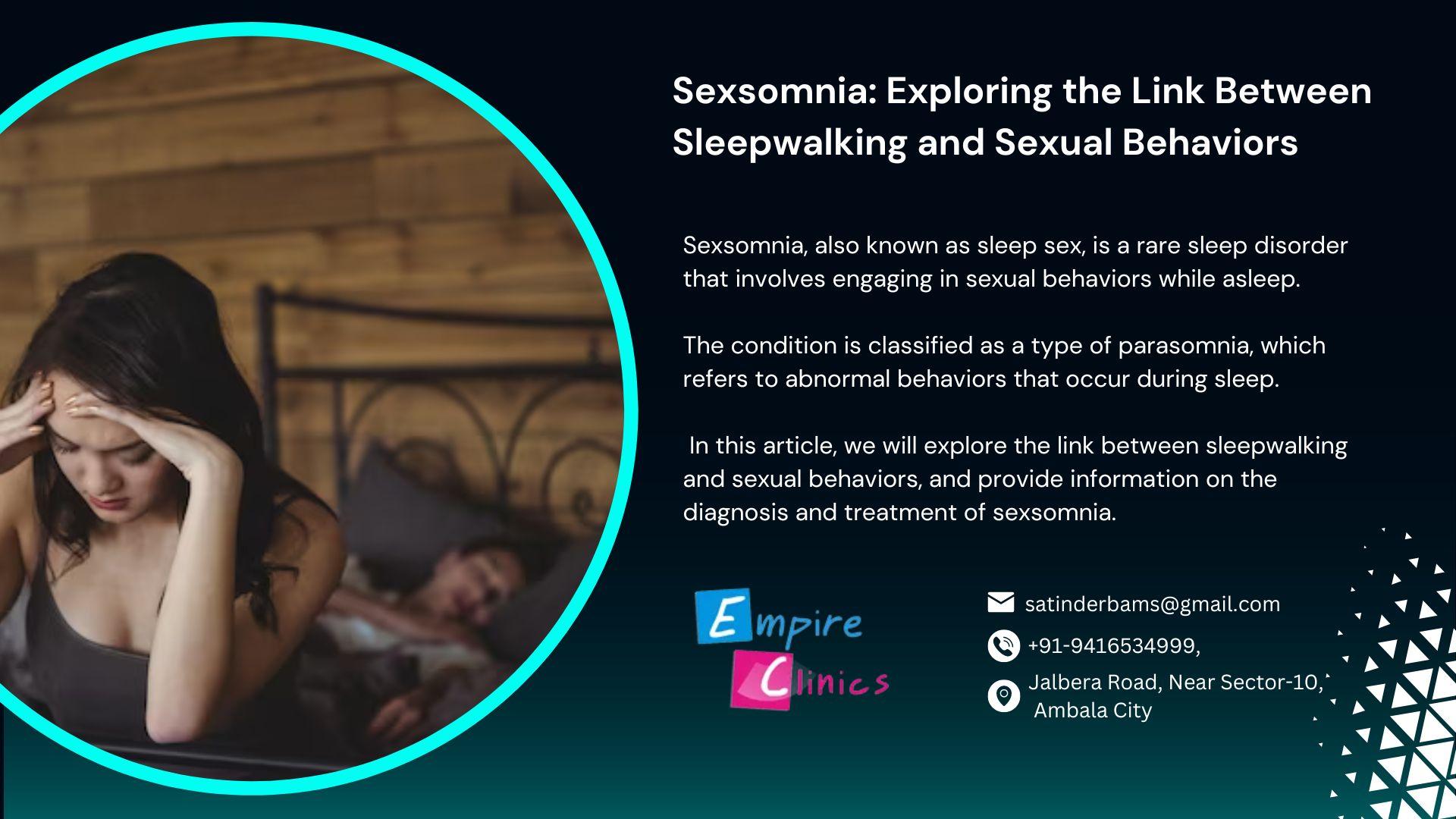Sexsomnia, also known as sleep sex, is a rare sleep disorder that involves engaging in sexual behaviors while asleep. The condition is classified as a type of parasomnia, which refers to abnormal behaviors that occur during sleep. In this article, we will explore the link between sleepwalking and sexual behaviors, and provide information on the diagnosis and treatment of sexsomnia.
What is Sexsomnia?
It is a sleep disorder that causes individuals to engage in sexual behaviors while asleep. These behaviors can range from masturbation and fondling to sexual assault. Individuals with sexsomnia are typically unaware of their actions and may have no memory of the behavior upon waking up.
The exact prevalence of sexsomnia is unknown, but it is believed to be a rare condition. It is more common in males and often occurs in individuals who have a history of sleepwalking or other sleep disorders.
The Link Between Sleepwalking and Sexual Behaviors
Sleepwalking is a well-known sleep disorder that involves walking or performing other activities while asleep. It is estimated that approximately 1-15% of the population experiences sleepwalking at some point in their lives. Sleepwalking can occur during any stage of sleep, but it is most common during deep sleep.
Sexsomnia is believed to be a subtype of sleepwalking disorder, as both conditions involve abnormal behaviors during sleep. Individuals with sexsomnia may have a history of sleepwalking or other parasomnias, which suggests a possible link between the two conditions.
Diagnosis and Treatment of Sexsomnia
Diagnosing sexsomnia can be challenging, as the condition is often difficult to detect. Many individuals with sexsomnia are unaware of their behavior and may only become aware of the condition through reports from partners or other individuals.
A diagnosis of sexsomnia typically involves a thorough evaluation of the individual’s sleep history and a physical examination to rule out other underlying medical conditions. Sleep studies may also be performed to monitor the individual’s sleep patterns and detect any abnormal behaviors.
Treatment for sexsomnia typically involves a combination of medication and behavioral therapy. Medications such as clonazepam and tricyclic antidepressants may be prescribed to reduce the frequency and severity of sleepwalking episodes. Behavioral therapy, such as cognitive-behavioral therapy, may also be used to help individuals learn to manage their sleepwalking behavior.
Conclusion
It is a rare sleep disorder that involves engaging in sexual behaviors while asleep. The condition is believed to be a subtype of sleepwalking disorder and is often associated with a history of other sleep disorders. Diagnosis and treatment can be challenging, but a combination of medication and behavioral therapy can be effective in managing the condition. If you or someone you know is experiencing symptoms of sexsomnia, it is important to seek medical attention and explore treatment options.








